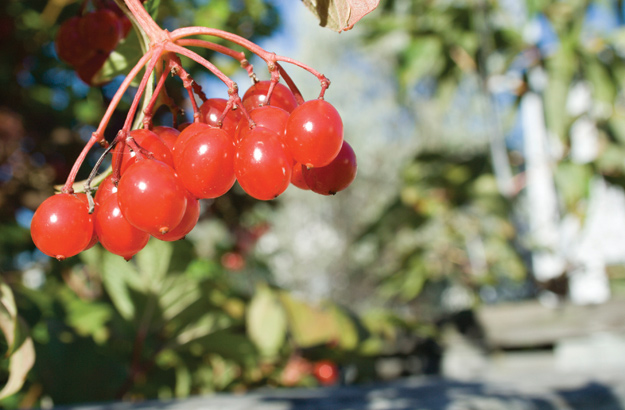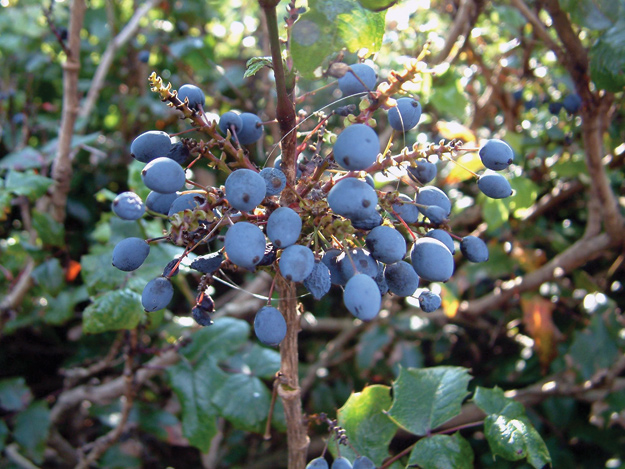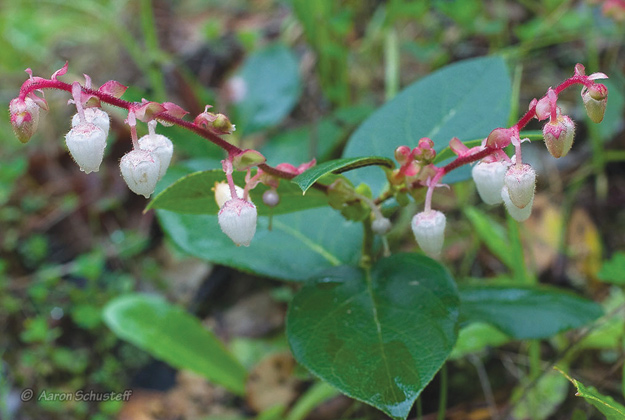Advertisement
Wild Rice (Zizania palustris)
Description: Grass grain spe-cies, 4 to 10 feet tall with thick stalks, long thin leaves with plumes of flowers at tops, and purple-black seeds. range: great lakes region, and wet areas of Alberta, Saskatchewan and Manitoba.
Where to Look: Shallow waters, slow flowing streams and mucky soils. eating tips: Nutritious and tasty seeds harvested in late August and into fall can be prepared in the same manner as regular rice.
Advertisement

Choke Cherry (Prunus virginiana)
Description: Shrub or tree, 3 to 20 feet tall, with drooping, dense, white flower clusters, followed by purple, black or red fruits. Range: Across Canada; less common in Newfoundland.
Where to Look: Prefers rich and moist soils but adapts to poor and dry conditions, open woodlands, roadsides and forest edges.
Eating Tips: Tart fruit is great in pies, jams and more. As with other cherries, the single seeds and leaves are poisonous.
Advertisement

Oregon Grape (Mahonia aquifolium)
Description: Shade tolerant evergreen shrub, varying from 2 to 6 feet with holly-like leaves, yellow flower clusters, followed by blue berries.
Range: Most of southern B.C. Where to look: dry, open, rocky areas.
Eating Tips: Make into jelly, jams or syrup.

Saiai (gaultheria shallon)
Description: Attractive undergrowth shrub of variable heights (1 foot in full sun or 6 to 8 feet in shade) with oval evergreen leaves, pinkish or white-cream bell- shaped flowers and mostly dark purple or blue fruit.
Range: Mostly western b.C. Where to look: both dry and wet forests, and bogs.
Eating Tips: Eaten raw, dry or cooked in jams and pies.
